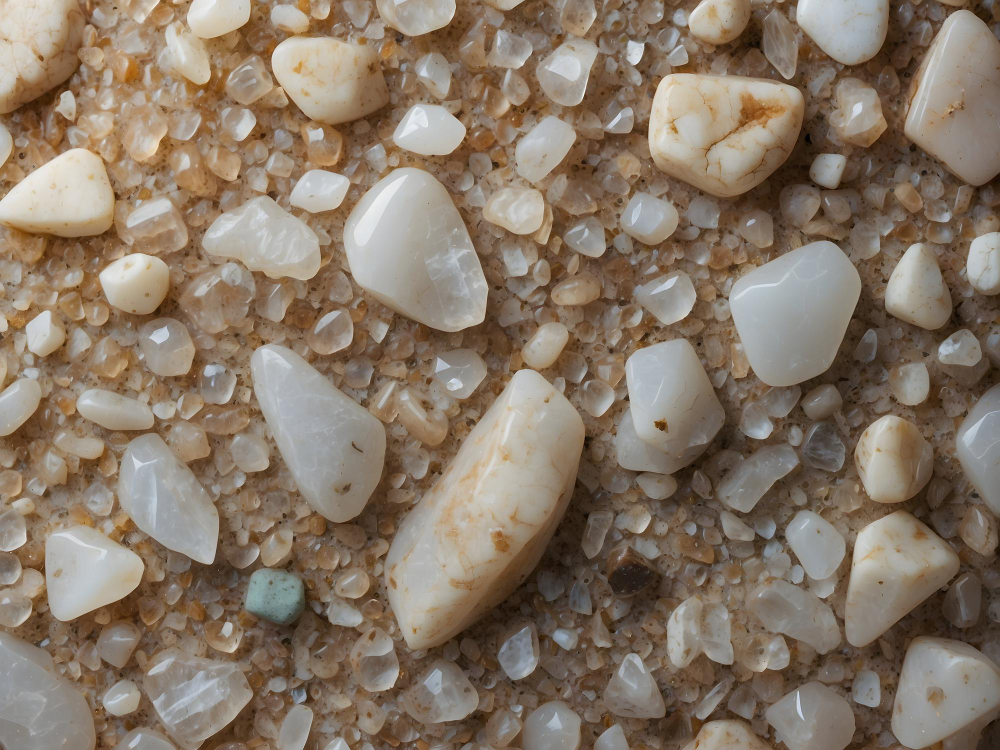Chalcopyrite, with the chemical formula CuFeS₂, is one of the most significant copper ores, playing a crucial role in various industries due to its unique properties and applications. This mineral is characterized by its distinctive golden yellow color, often resembling gold, which is why it is sometimes referred to as “peacock ore.” Chalcopyrite is the primary source of copper, contributing to approximately 50% of the world’s copper production. Its extraction and processing are vital to meeting the increasing global demand for copper, which is essential in various applications, particularly in electrical wiring and plumbing.
Properties and Occurrence
Chalcopyrite is a sulfide mineral that forms in a variety of geological environments, typically in igneous and metamorphic rocks. It is often found in association with other minerals such as pyrite and sphalerite. The mineral is characterized by its tetragonal crystal structure, and it can also display a variety of colors, including green and blue, due to the presence of oxidation products. Chalcopyrite is not only important for its copper content but also for the iron and sulfur it contains, making it a versatile mineral for various industrial applications. The mineral is primarily mined from large deposits, where it is usually extracted through open-pit or underground mining methods.
Industrial Applications
The most notable application of chalcopyrite is in the production of copper, which is an essential metal in numerous industries. Copper’s excellent electrical conductivity makes it indispensable in electrical wiring, where it is used to create efficient circuits in residential, commercial, and industrial settings. In plumbing, copper pipes are favored for their corrosion resistance, longevity, and ability to withstand high temperatures. Furthermore, copper alloys, derived from chalcopyrite, are used to manufacture a wide range of products, including fittings, valves, and connectors, enhancing the durability and efficiency of plumbing systems.
Environmental Considerations
The mining and processing of chalcopyrite, like many other minerals, raise important environmental concerns. The extraction process can result in habitat destruction, soil and water contamination, and increased greenhouse gas emissions. Consequently, mining companies are increasingly adopting sustainable practices to minimize these impacts. Advances in technology have led to the development of more efficient extraction methods and waste management strategies, allowing for a more environmentally friendly approach to chalcopyrite mining. Additionally, recycling copper from scrap materials is becoming more prevalent, reducing the need for new mining operations and promoting a circular economy.
Chalcopyrite stands as a cornerstone of the copper industry, with its applications extending far beyond basic metal production. As society continues to advance technologically, the demand for copper will only increase, emphasizing the importance of sustainable practices in the mining and processing of chalcopyrite. As we navigate the challenges of resource extraction, it is imperative to balance industrial growth with environmental stewardship, ensuring that the benefits of this vital mineral can be enjoyed by future generations



